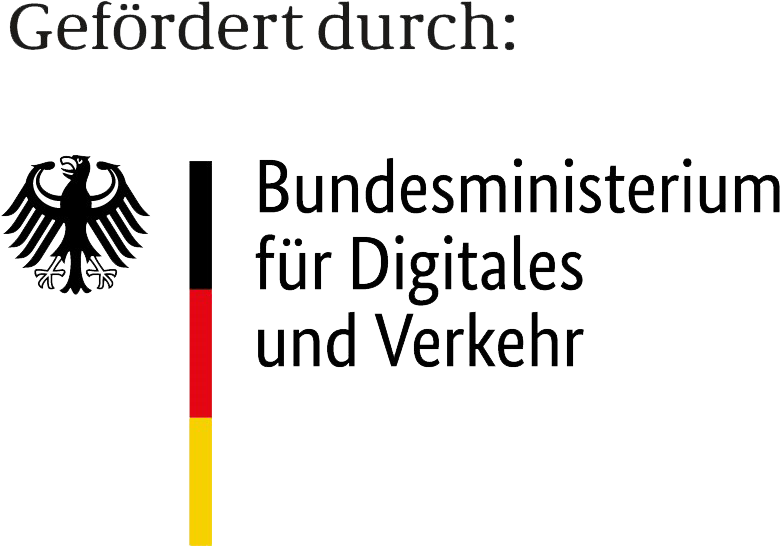Haftungsausschluss
Trotz der Sorgfalt, die bei der Erstellung dieser Website beachtet wurde, gilt folgender Haftungsausschluss: Die Informationen auf dieser Website werden in ihrem derzeitigen Zustand zur Verfügung gestellt, und es wird keine Garantie oder Gewährleistung dafür übernommen, dass die Informationen für einen bestimmten Zweck geeignet sind. Der Benutzer verwendet die Informationen auf sein eigenes Risiko und Haftung. Die Informationen und die RCS Datenbank spiegelt die Ansichten der Autoren und Fachexperten wider. Die NOW GmbH haftet nicht für die Verwendung der hierin enthaltenen Informationen.



